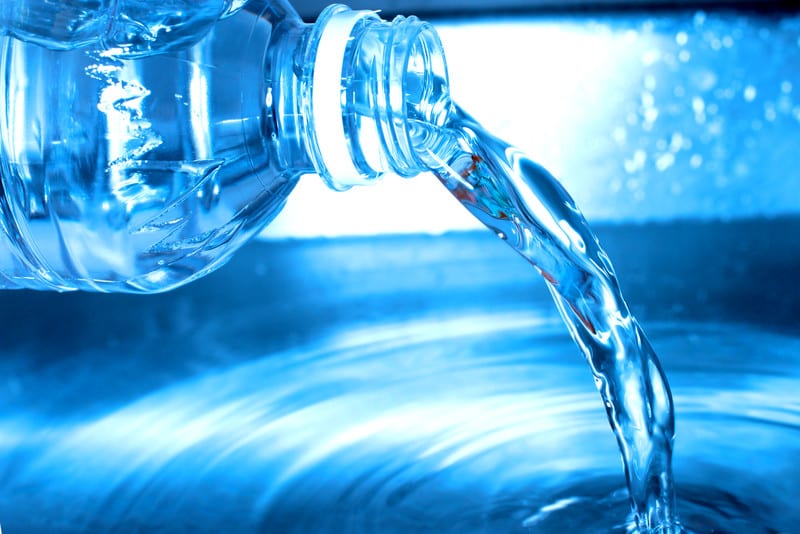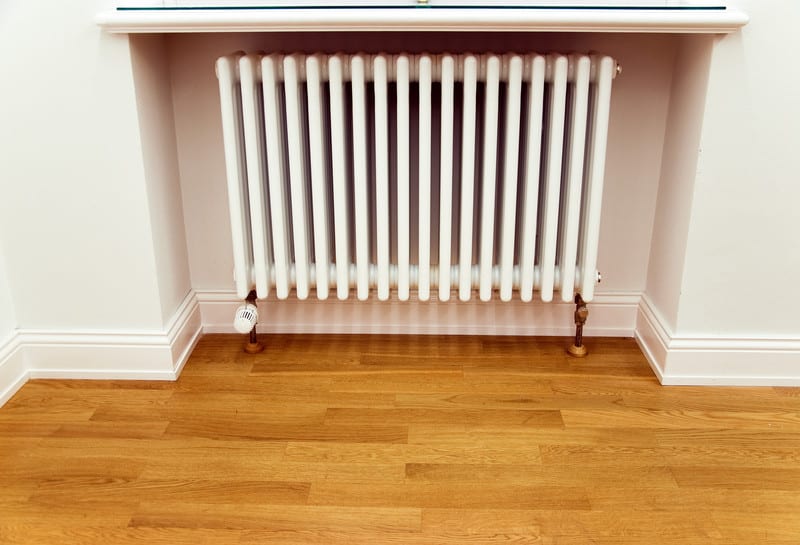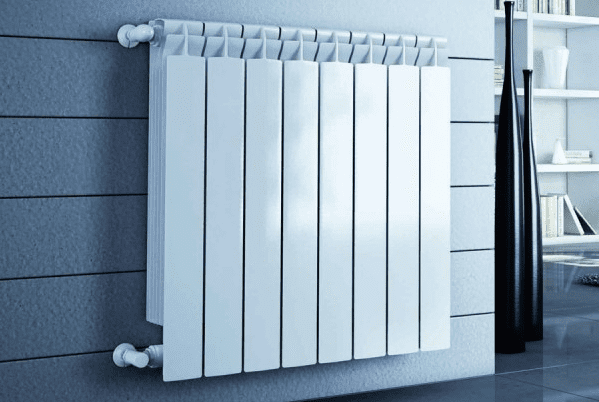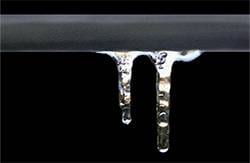Saving Water at Home

Saving Water at Home – One of the hot topics in Ireland these days is that of the upcoming metered water charges being introduced to our nation. A great many people are, somewhat understandably, annoyed at the introduction of what feels like an additional unfair and unnecessary bill on top of what is already a […]
How to Fix Radiator Airlocks

Radiator airlocks are a problematic anomaly commonly associated with radiators. While water is required to enter and move around a central heating system, an unavoidable side effect of this is that air will also enter the system. In small amounts, air poses no real problem to your radiator system, if too much of it builds up inside […]
How to Balance a Radiator System

To balance a radiator system is an essential method of ensuring that your radiators distribute heat evenly. Due to the method in which hot water is pumped around a heating system via piping, those radiators which are closer to the source (eg: a boiler) of the hot water tend to get more and heat up quicker […]
Condensate Drainage Pipe Maintenance

Condensate Drainage Pipe – One of the more serious problems associated with central heating systems is that of blockages accumulating in a gas boiler or oil boiler’s condensate drainage pipes. Such blockages reduce your boiler’s efficiency levels and, in extreme cases, have been known to lead to the boiler breaking down completely. While such problems […]